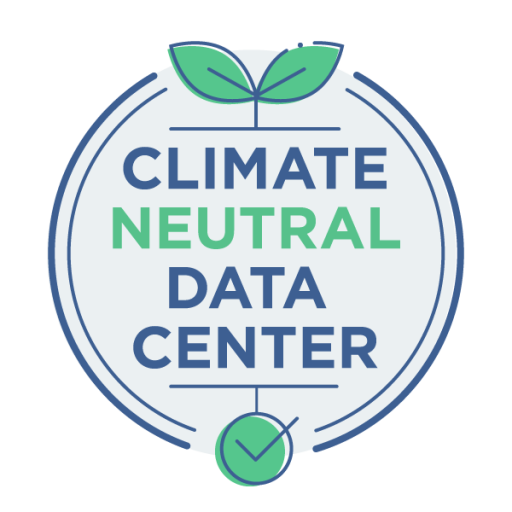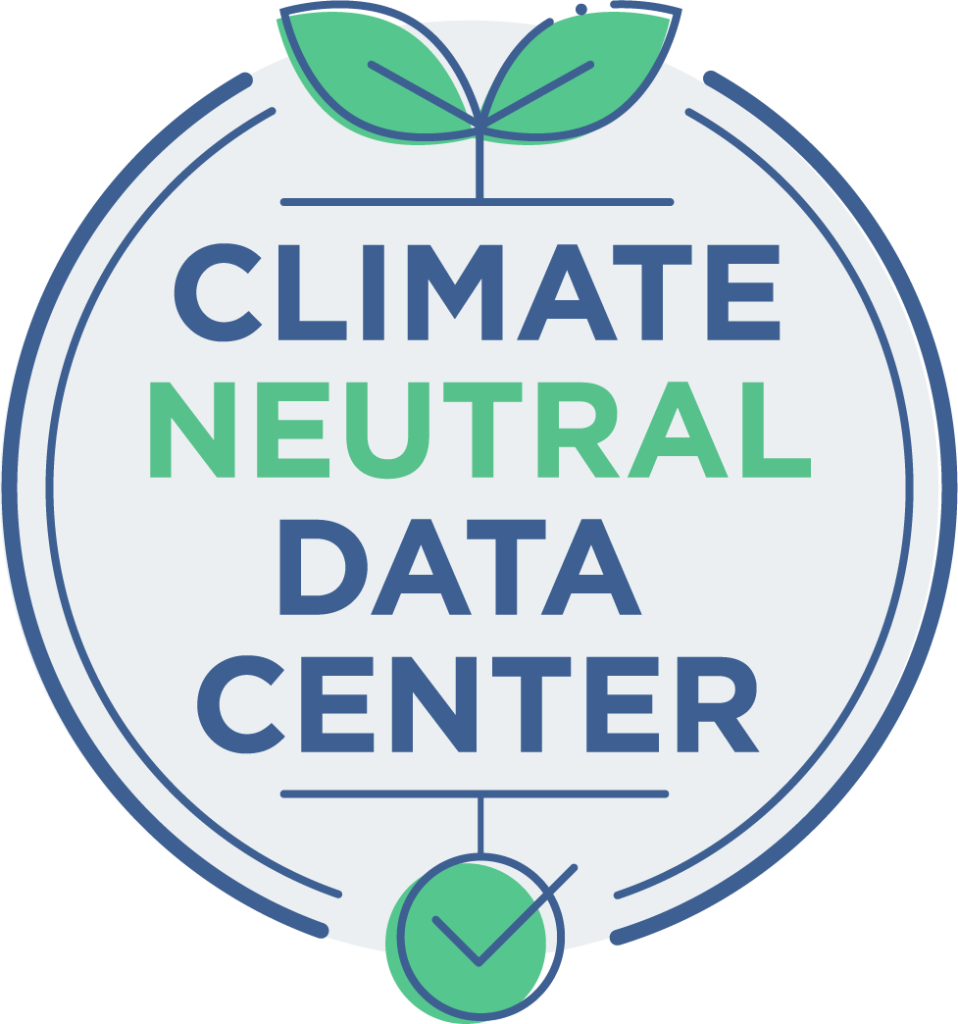Working Groups
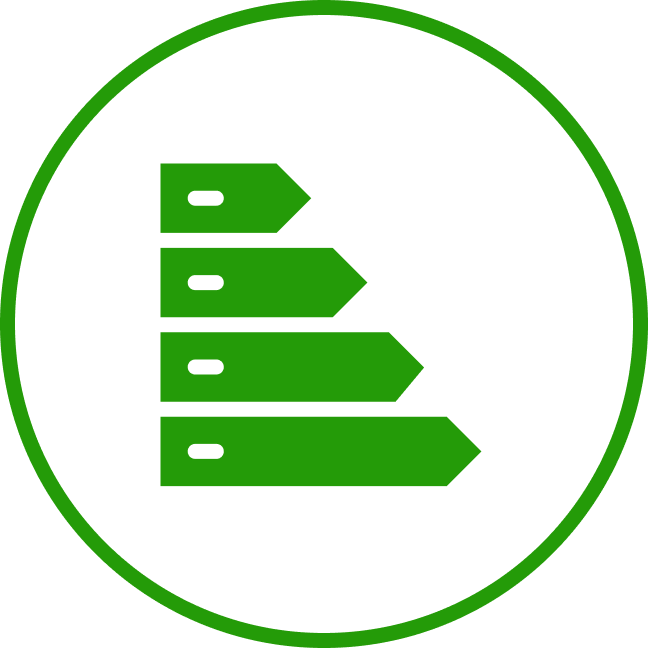
Energy Efficiency
Status: Ongoing
Despite growth in demand for digital services in the past decade, data centres and the Information and Communications Technology (ICT) sector have limited electricity demand by consolidating server equipment in energy-efficient data centres. According to the IEA, “’rapid improvements in energy efficiency have helped to limit energy demand growth from data centres and data transmission networks, which each accounted for around 1% of global electricity use in 2019.” As energy and infrastructure costs are a significant proportion of the operational costs, the industry has a strong incentive to reduce energy use.
Digital services will continue to overgrow, but how this growth affects energy use will be determined by the pace of energy efficiency gains. The Self-Regulatory Initiative has committed to meet a high standard for energy efficiency. Government policies supporting the Initiative can further improve online efficiency. In addition, these policies can reduce administrative obstacles and facilitate collaboration toward more efficient ICT systems
Targets:
- By January 1, 2025, new data centres operating at total capacity in cool climates will meet an annual PUE target of 1.3 and 1.4 for new data centres running at full meeting capacity in warm temperatures.
- Existing data centres will achieve these same targets by January 1, 2030.
- These targets apply to all data centres larger than 50KW of maximum IT power demand.
- In recognition of the European Commission’s interest in creating a new efficiency metric, trade associations will work with the appropriate agencies or organisations toward creating a new data centre efficiency metric. Once defined, trade associations will consider setting a 2030 goal based on this metric.

Clean Energy
Status: Ongoing
Data centre companies and cloud providers are already leaders in renewable energy sourcing and have increased their commitments to source clean energy for their data centres. In addition, signatories of the Pact have committed to matching their electricity supply by purchasing clean energy. Under the Self-Regulatory Initiative, data centre electricity demand will be matched by 75% renewable energy or hourly carbon-free energy by December 31, 2025, and 100% by December 31, 2030.
The success of signatories in achieving this goal relies in part on ease of access to renewable energy purchasing. Article 15.8 of the recast Renewable Energy Directive aimed to remove regulatory and administrative barriers to corporate procurement of renewable energy, yet many obstacles remain.
Targets:
- Data centre electricity demand will be matched by 75% renewable energy or hourly carbon-free energy by December 31, 2025 and 100% by December 31, 2030.
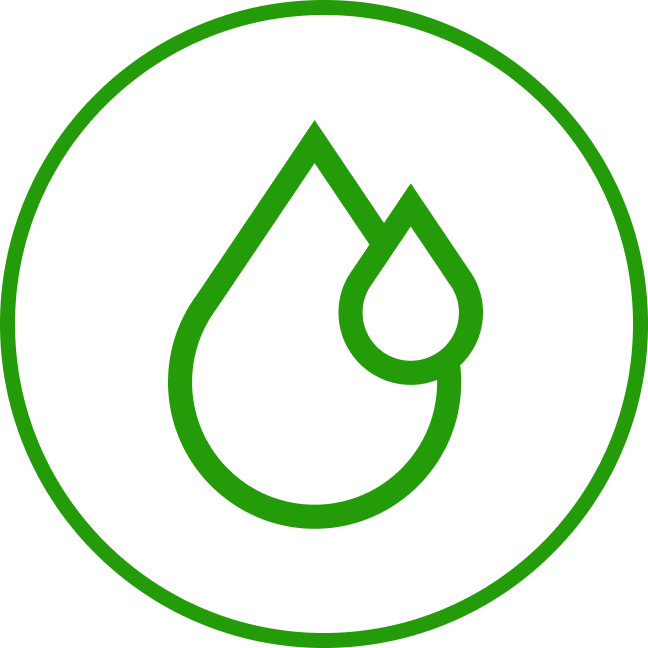
Water
Status: Achieved
As part of the Self-Regulatory Initiative for Climate Neutral Data Centres, we prioritise water conservation and set water conservation and efficiency targets for data centres. We are aware that water is a scarce resource. Many operators of water-cooled data centres are taking steps to minimise their water use, harnessing new technologies, and increasing water recovery and reuse without adversely impacting the environment while operating energy-efficient data centres. Later this year, the working group will agree on a metric for assessing water conservation. We will develop this metric with careful consideration of interacting factors, such as energy efficiency, availability of water and opportunities to use industrial water, reclaimed water, or filtered water, and options for cross-sectoral schemes that look beyond the data centre.
While different data centre designs rely on other cooling techniques that must consider the region, climate, resources, and most sustainable cooling method, data centres that use water can prioritise the use of industrial water were suitable and reduce the use of potable water for cooling, employing sustainable onsite treatment technologies to reuse water and develop partnerships with local water utilities to reuse industrial water.
Targets:
- By 2022, data centre operators will set an annual target for water usage effectiveness (WUE) or another water conservation metric, which new data centres will meet by 2025 and existing data centres by 2030.
- The water metric target may vary depending on the data centre design specification.
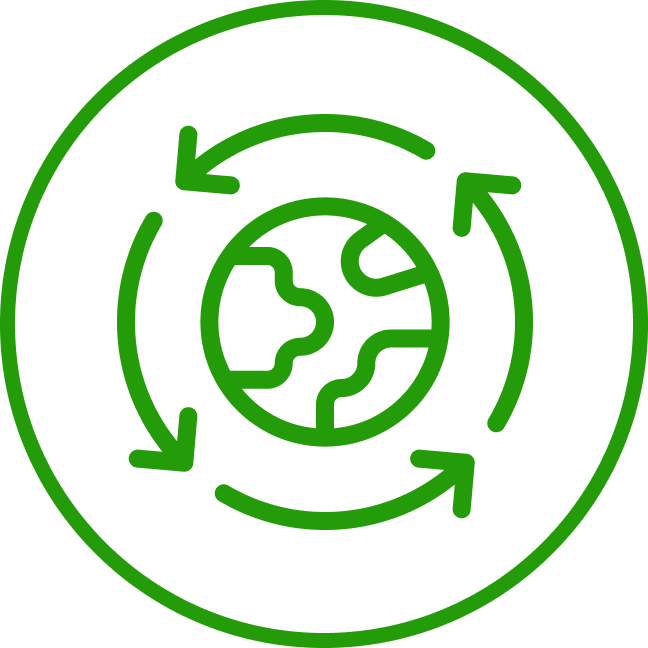
Circular Economy
Status: Ongoing
Data centre operators participate in the circular economy through recycling programmes. As part of self-regulation, Signatories of the Pact aim to establish, normalise, and drive further innovation in circular economy business models and practices. We will focus on repairing and reusing equipment to reduce the consumption of natural capital. In addition, the EU can support data centre operators striving for a circular economy by proposing policy frameworks that focus on and encourage circular methods.
Targets:
Data centres will set a high bar for circular economy practices and assess for reuse, repair, or recycling 100% of their used server equipment.
Data centre operators will increase the number of server materials repaired or reused and create a target percentage for repair and reuse by 2025.

Circular Energy
Status: Ongoing
As part of the Self-Regulatory Initiative for Climate Neutral Data Centres, we agreed to explore the recovery and reuse of heat from new data centres. Heat recovery creates a circular energy system that leverages heat from a facility as a sustainable heat source for homes and buildings. As a result, many recoveries can reduce emissions by displacing other energy sources used for heating and can play a role in making Europe climate neutral by 2050. However, optimising heat recovery from any industrial start requires the proper policy framework that values the environmental benefits of recovered heat and reduces regulatory barriers for developing these projects.
Successful heat recovery and reuse projects are increasing across Europe. They have developed through close coordination between facility operators and the off-taker reusing the heat and other stakeholders. These projects are custom, site-specific, and dependent on having an off-taker.
Ultimately, it is the end-user demand that will determine the project’s suitability. The technologies and processes also vary.
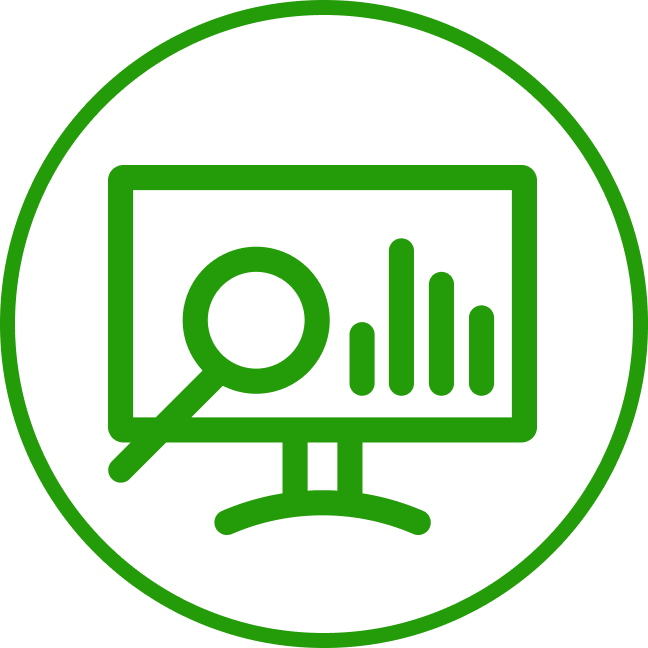
Monitoring & Report
Status: Ongoing
Beginning January 1, 2021, representatives from the data centre trade associations and companies that have signed the initiative and the European Commission will meet twice annually to review the status of this initiative.
By no later than July 1, 2023, signatories will certify adherence. The initial period of measurement will cover January 1, 2022, through December 31, 2022. Following the first certification, compliance will be reported every four years.
Cloud Infrastructure Providers in Europe (CISPE) and the European Data Centre Association (EUDCA) will make the text of this initiative and the list of signatories publicly available on their respective websites or through a dedicated site. In addition, all trade association signatories, except for CISPE and EUDCA, will publish the initiative on their websites.

Communication TaskForce
Status: Ongoing
The Comms TaskForce aims to raise awareness of CNDCP by clearly communicating its objectives, metrics, and future achievements. Its role will grow over time, as will its reach, coordinating all communications regarding CNDCP and ensuring compliance.
External communications are intended for the European data centre industry and the European Commission. With the latter, an additional coordinated effort to promote CNDCP is planned. On the other hand, internal communication efforts aim to create value for all signatories by, i.e., facilitating the promotion of their involvement in CNDCP.
